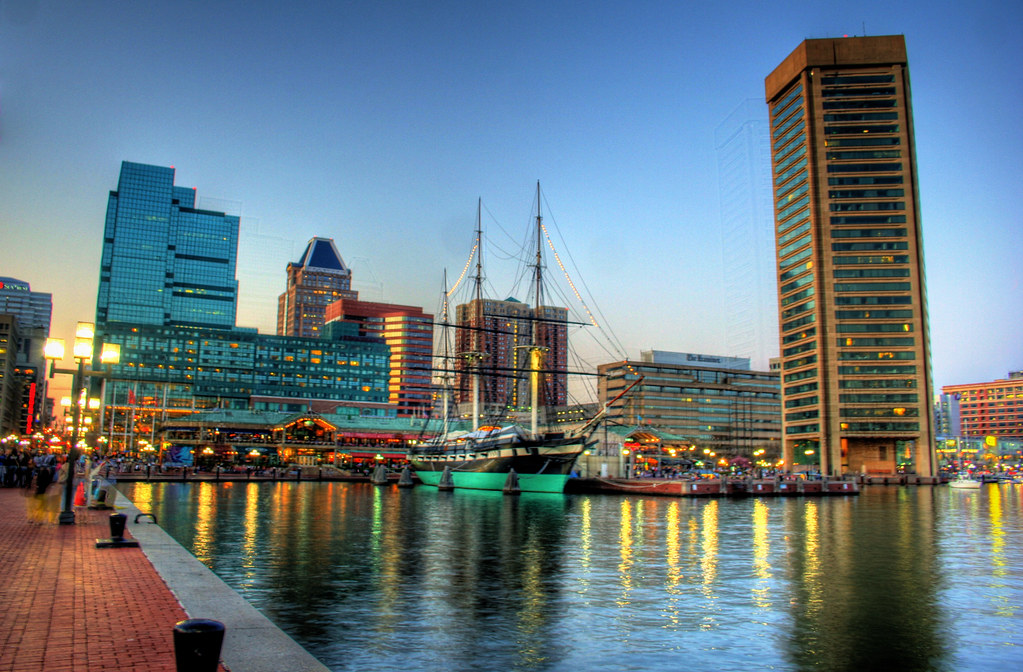Don't let Congress kill the Partnership for Sustainable Communities
 You might already know about the federal Partnership for Sustainable Communities. It’s one of the most innovative neighborhood programs ever created by the federal government.
You might already know about the federal Partnership for Sustainable Communities. It’s one of the most innovative neighborhood programs ever created by the federal government.
A new bill in Congress, however, would cut all funding for the Partnership’s flagship programs and end the initiative’s work.
Yesterday, a House Appropriations Subcommittee voted to eliminate all funding for key programs at the Department of Transportation (DOT) and the Department of Housing and Urban Development (HUD), both part of the Partnership.
The proposed cuts would be disastrous for the communities across the country. Many are using the Partnership’s help to slowly rebuild their economies, create jobs and improve their development. The House’s proposed cuts would kick the chair out from under these communities.
Among the programs that would be affected is HUD’s Office of Economic Resilience and DOT’s popular TIGER program. President Obama recommended strong funding for these programs, but the House bill would eliminate them completely.
The Senate will soon consider this same bill and they need to hear that these programs are important. Congress is facing many tough fiscal decisions this year. It’s up to us to make sure these programs continue.
Community development projects are a worthwhile investment of taxpayer dollars, and yield economic returns for businesses, communities and taxpayers alike. Tell Congress to fund these programs today.



